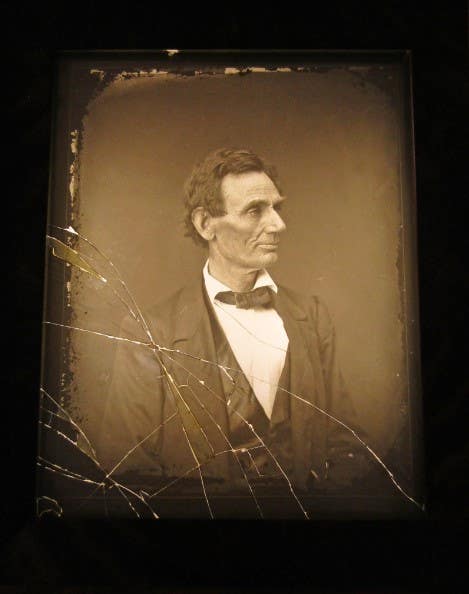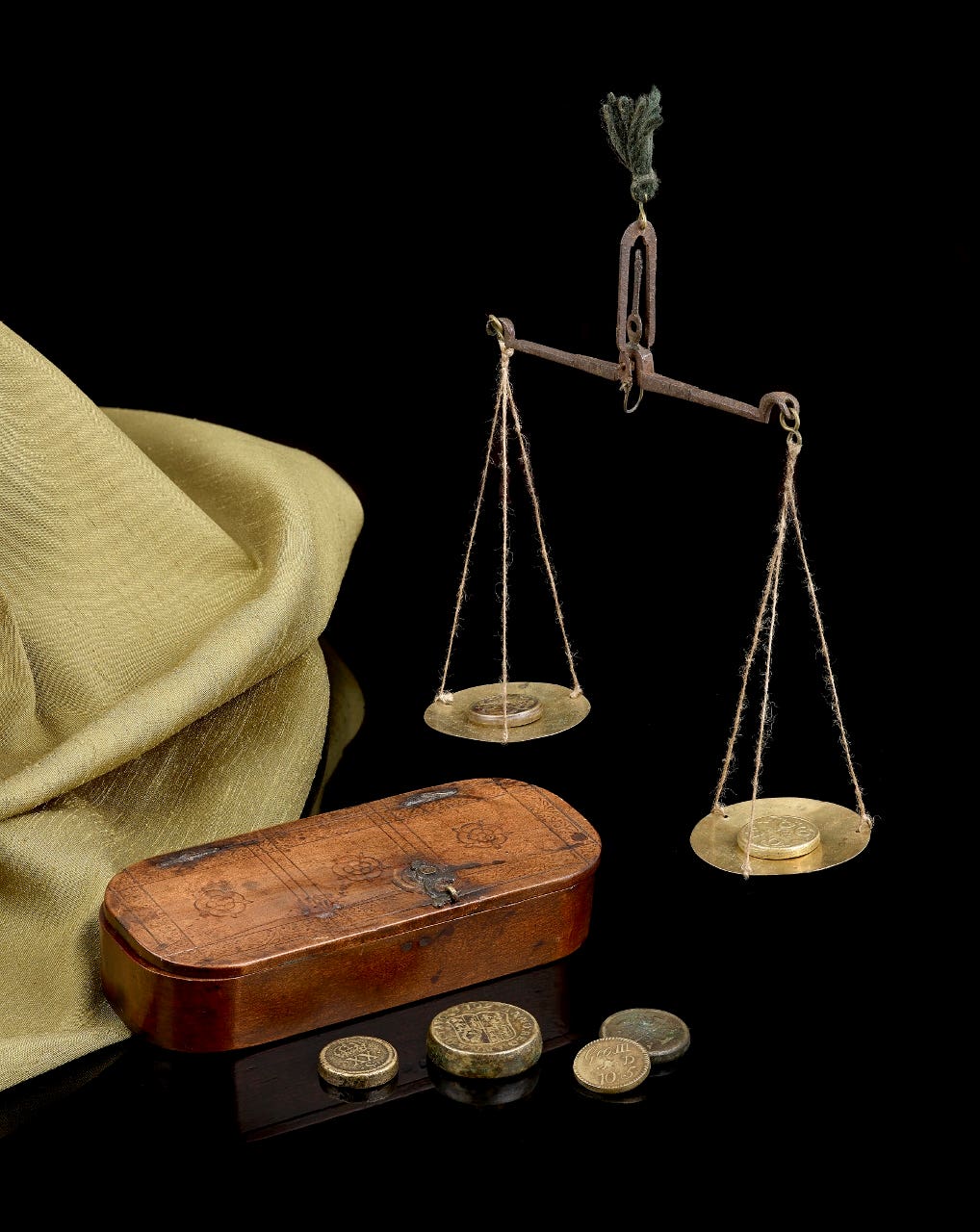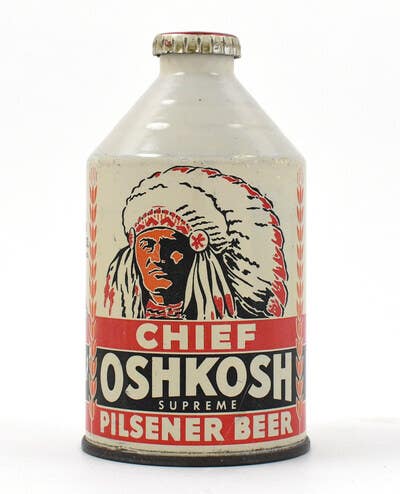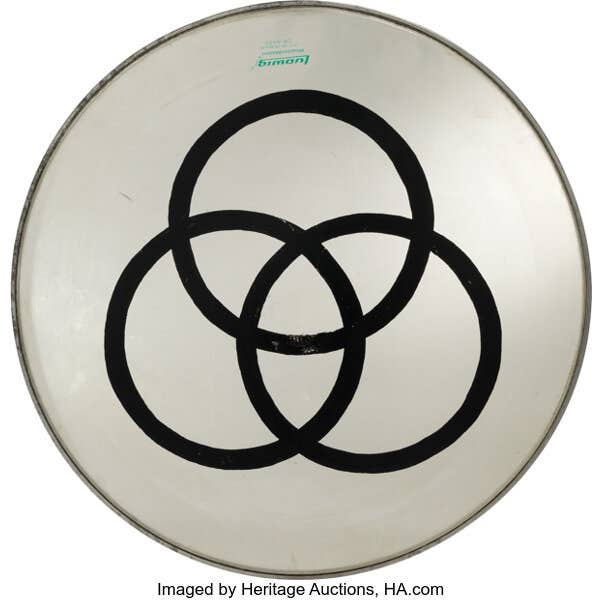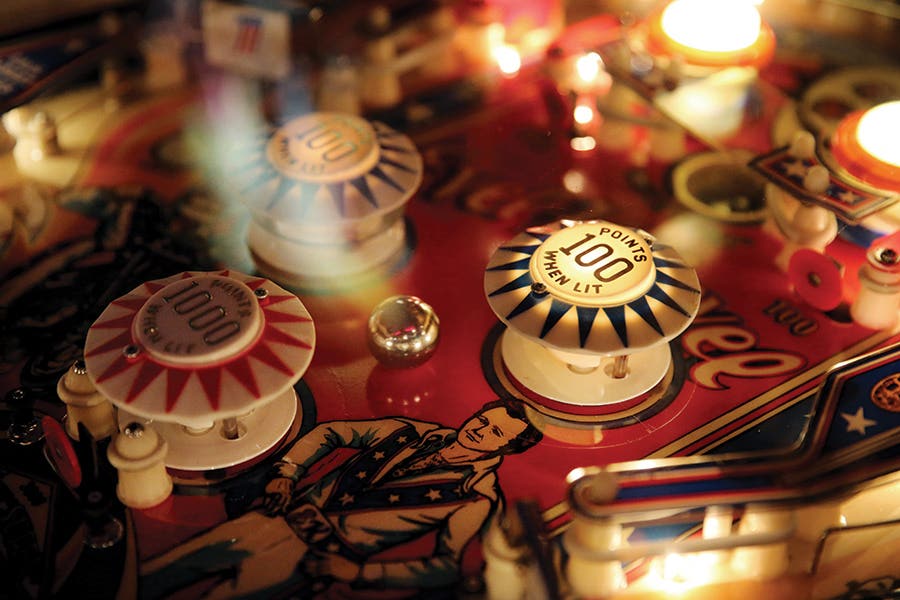Trivial Pursuit: ’80s Board Game Answered Our Need to Know
A game Time magazine once called “The biggest phenomenon in game history,” Trivial Pursuit was first conceived in 1979 by a couple of Canadians.
Question: What cruelly tests a player’s grasp of inconsequential knowledge, outsold Monopoly in the 1980s and helped a high school dropout from Canada amass a fortune – all while making us feel like we should have paid more attention in school?
Answer: Trivial Pursuit, the wildly popular board game introduced in 1981.
A game Time magazine once called “The biggest phenomenon in game history,” Trivial Pursuit was first conceived on Dec. 15, 1979, by Canadian pals Scott Abbott and Chris Haney, a high school dropout. At the time, Haney worked as a photo editor at the Montreal Gazette, and Abbott was a sports journalist for The Canadian Press.
The two friends came up with the basic concept of Trivial Pursuit within a few hours while playing Scrabble in Haney’s home in Montreal. With the help of 32 investors, the pair raised $40,000 and launched Trivial Pursuit by producing 1,100 games – at a loss. Initially the game cost $75 to produce and sold for $15.
No matter, thanks to word-of-mouth publicity and the addictive nature of the game, Trivial Pursuit took off. In fact, by 1984, just the third full year the game had been out, gross sales of Trivial Pursuit had reached well over a half a billion dollars and that year alone an incredible 20 million copies of the game were sold. Northern Plastics of Elroy, Wis., produced 30 million games between 1983 and 1985.
The original Trivial Pursuit featured 6,000 trivia questions on 1,000 cards, organized in six categories (History, Science and Nature, Geography, Sports and Leisure, Arts and Literature, and Entertainment). Through the years, the questions have been updated and modified numerous times and many variations of the game have been introduced.
Original questions could be tough: “Who was Howdy Doody’s twin brother?” (Double Doody)
Or easy: “What chemical is used to keep swimming pools clean?” (Chlorine)
Or even groan-worthy: “What’s the largest diamond in the world?” (A baseball diamond)
Haney, who died in 2010 at age 59, originally dropped out of school at 17, taking a job as a copy boy for The Canadian Press, a company his father worked for. Later, after Trivial Pursuit made him rich and famous, Haney said he regretted dropping out of school at 17; he wished he had done so at 12.
More than 100 million games have been sold in 26 countries and in 17 languages. Nostalgia, as Bryan Curtis of Slate argued, formed the basis of Trivial Pursuit’s appeal from the moment it was released:
“The game concerns itself with useless information, yes, but useless information of a very specific sort: detritus from the 1950s, 1960s, and early 1970s, which flattered the baby boomer by making his golden years seem vital, even historic,” Curtis wrote.
And it worked.
Which was no trivial matter.
RELATED CONTENT:
Paul Kennedy is Editorial Director of the Collectibles Group at AIM Media. He enjoys Mid-century design, photography, vintage movie posters and people with a good story to share. Kennedy has more than twenty-five years of experience in the antiques and collectibles field, including book publishing. Reach him at PKennedy@aimmedia.com.




